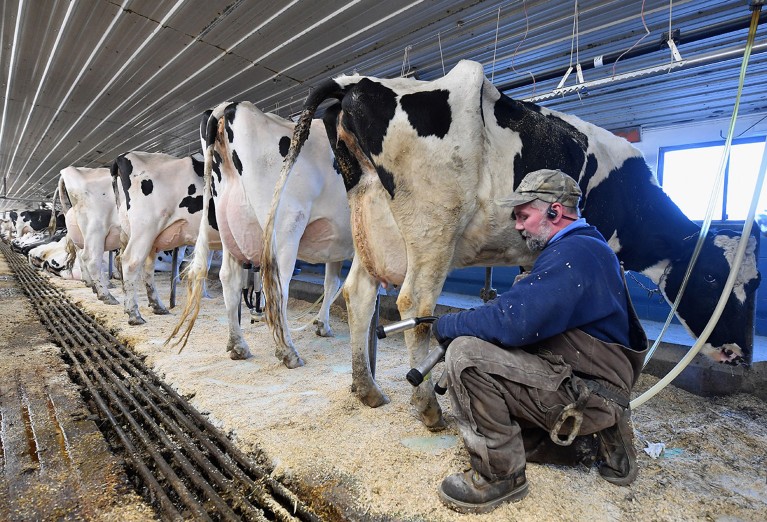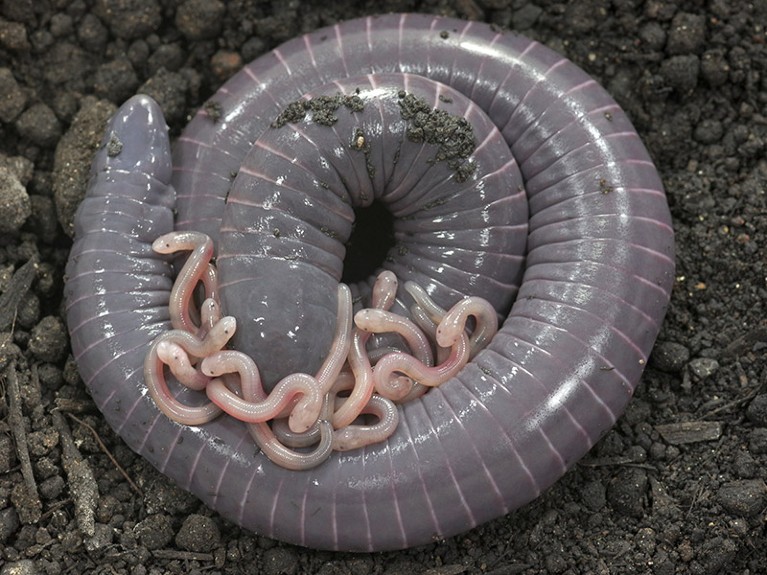[ad_1]
Hay muchos beneficios al protagonizar la exitosa serie de Prime Video “The Boys”, pero también hay un gran inconveniente. Se garantiza que casi todos los actores involucrados en la serie tendrán una escena realmente repugnante e inquietante. Esa terminó siendo Erin Moriarty, quien interpreta a Starlight. La presencia de una mezcla lubricante. Mientras filmaba la película “Herogasm”, por ejemplo, el actor Chace Crawford tuvo que hacer esto Fingió comerse a su amigo el pulpoTimoteo. También suele haber muchos líquidos corporales, lo que supone un gran problema para el personaje de La amamantadora, que sufre un trastorno obsesivo compulsivo (TOC) y miedo a los gérmenes. Laz Alonso, quien interpreta a MM, ha tenido que pasar por más momentos desagradables de los que le corresponde, y en la temporada 4 tuvo su peor momento hasta el momento.
En uno de los episodios del podcast “Los niños de medianoche“, Alonso compartió algunos detalles detrás de escena sobre la filmación de una escena realmente desagradable en el sexto episodio de la temporada 4, titulada “Dirty Deeds”. Mother's Milk definitivamente se ha llevado la peor parte del trato más de una vez y puede que sea simplemente el El personaje que ha tenido los momentos más dramáticos es repugnante, pero para Alonso, lo que sucedió en la temporada 4 realmente parece llevarse la palma.
Un momento hizo que Alonso rompiera su carácter
La pobre Leche Materna ha tenido que aguantar un montón de cosas ridículas y repugnantes en torno a 'los chicos'. Lo rociaron con galones de semen falso y lo tocaron con una larga vibración. Me encanta la salchicha (No preguntes), pero en la temporada 4 tuvo que ayudar a Web-Weaver (Dan Mousseau) a inyectarse drogas en la entrada trasera. En cambio, inicialmente insertó la jeringa en el orificio de la red del Web-Weaver, justo encima del agujero fecal, pero luego logró hacerlo bien y el Web-Weaver disparó un poco de red directamente en la mejilla de MM. Es una pesadilla para cualquiera, pero para alguien con TOC es aún peor. Para Alonso el rodaje no fue mucho mejor, tal y como explicó en el podcast:
“He retratado muchas cosas repugnantes en nuestro programa, esta es la única escena en toda mi carrera… Esta es la única escena en la que rompí el personaje y grité por el bien del otro actor. No voy a contarles lo que pasó durante la escena que me hizo romper el personaje. Y literalmente grito de miedo absoluto y me disculpo profusamente con ese hombre durante literalmente una hora seguida.
Aparentemente hubo un incidente en el que Alonso posiblemente tocó la estrella de mar de chocolate de Musso, lo cual es bastante traumático en lo que respecta a incidentes de actuación. Es difícil culpar a Alonso por gritar y disculparse demasiado, aunque, para empezar, es muy extraño que haya estado en tantas situaciones difíciles en la serie.
Quizás la rareza del Web-Weaver fue demasiada
Lo que pasó con Web-Weaver no es la única vez que Alonso tuvo un momento terrible en el set (también tuvo una pelea con… fosas nasales profundas), pero se lo tomó todo con calma. Sin embargo, esto hace que uno se pregunte por qué hay tantos momentos extremos y cómo afectan a la serie en su conjunto. Si bien algunos de los momentos desagradables son muy divertidos, hay momentos que lo llevan demasiado lejos, y todo con Web-Weaver ciertamente lo hace. Las inyecciones de drogas y un cinturón son un poco divertidos, aunque un poco tristes y asquerosos, pero cuando Hughie (Jack Quaid) se pone el traje Web-Weaver y tiene relaciones sexuales… Take Knight lo agredió Derek Wilson, esto es demasiado.
Será interesante ver cómo el equipo detrás de “The Boys” maneja la quinta y última temporada, y si intentan o no aumentar la fealdad. Dada la escalada de fluidos corporales, animales asesinos y humor negro, es casi seguro que nos sentiremos decepcionados.
[ad_2]
Source Article Link














